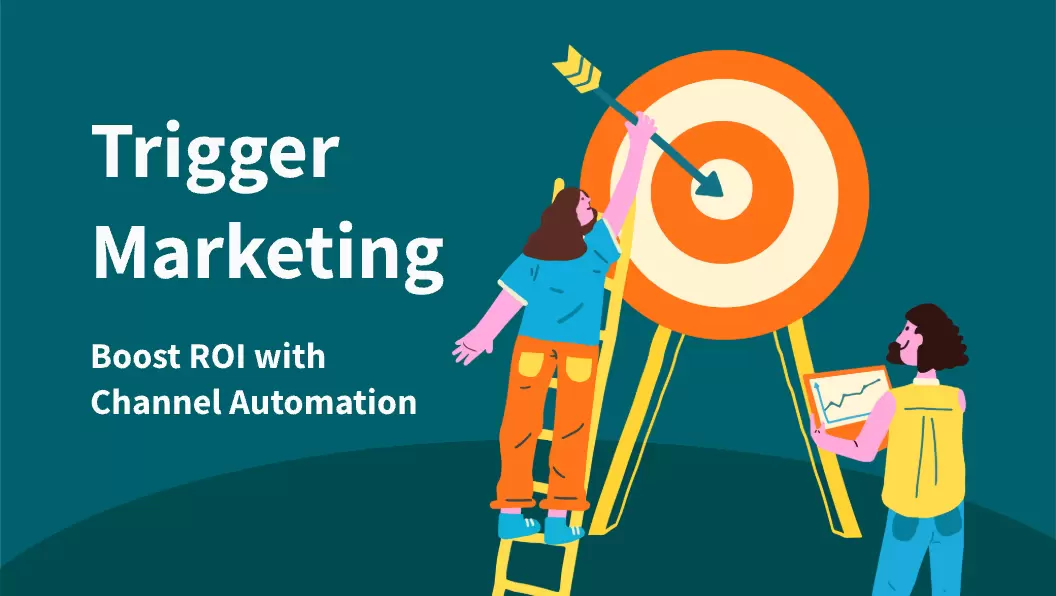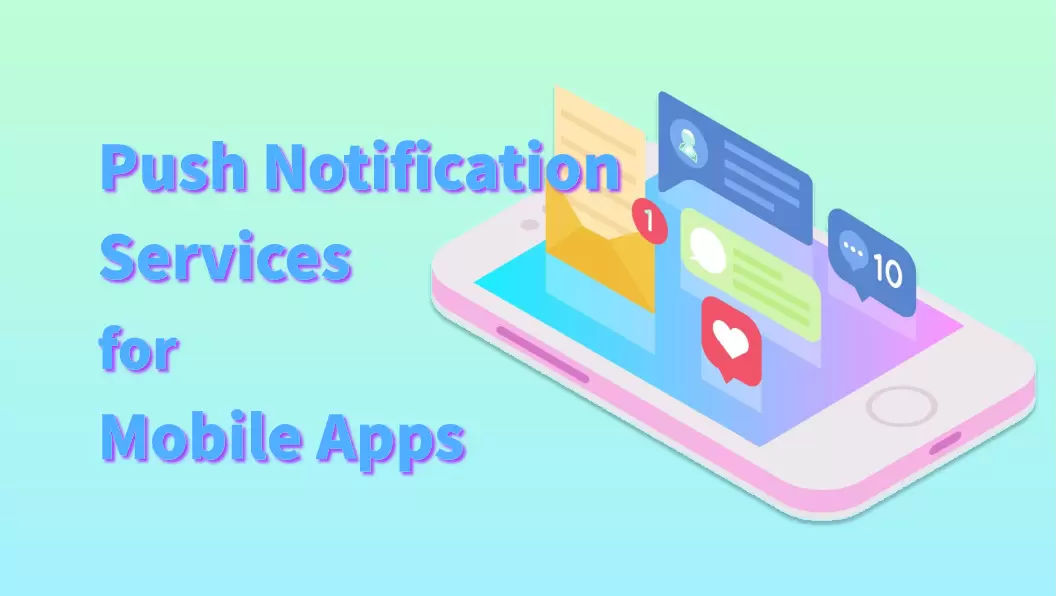With the rise of mobile devices, the mobile app market is booming more than ever. A quick visit to the Google Play Store and the Apple App Store will show you thousands of options for each category of apps. This particular industry is among the most competitive and intense ones. For this reason, app monetization is in the minds of all developers and businesses.
Let's say that you have developed a new mobile app. In this case, you might wonder which monetization strategy you should use to make the most out of it. In this article, we will analyze the most prominent strategies and which apps best fit them.
Overview of App Monetization
So, what is app monetization in the first place?
We use this term to talk about the strategies that tech companies use to generate revenue from the apps they have released. The app monetization strategies utilize various approaches that work on different types of audiences.
Therefore, you will see that even though a monetization model works for one app, it might not generate the desired results on the other. For this reason, you should study your particular audience and select the approach that better suits their preferences.
The Importance of Mobile Monetization
Mobile app monetization is one of the most essential processes you will have to go through with your app. It is the strategy that ensures that you will always have the budget to sustain your operations, fund the features that are in development, and generate a profit to pay your employees. To better illustrate this point, without an efficient monetization strategy, you will fail to survive in this competitive market despite your app's innovations. This is why, you should make it your no.1 priority to find the best monetization model for your case.
Nevertheless, you might be wondering how to find the right strategy. In this situation, these elements will help you decide how to best monetize your app:
- Target Audience: Your monetization strategy depends first and foremost on your user preferences. Take time to study how your customers use your app and if they are willing to pay for what you offer them.
- App Category: The different models have been proven to work on different types of apps. For instance, mobile games and language learning applications have vastly different audiences and use distinct approaches.
- User Experience: Regardless of your mobile monetization, try to keep a balance, especially if you are going to use ads or paywalls. Ensure that your strategy doesn't take away the enjoyment that users get from your app.
- Long-Term Goals: Your monetization approach should also align with your overall vision. For example, you might use a strategy that brings short-term revenue but fails to maintain it in the long run.
Common Mobile App Monetization Models
But what are the different app monetization strategies that you can pick from? In this section, we are going to break down the 5 most commonly used approaches.
#1 In-App Advertising

One of the most popular models is the in-app advertising. In this method, you display ads within the app. For instance, you can include banners at the bottom of your screen or have users watch an ad to gain some benefits, such as power-ups.
Pros
-
Accessible to a wide audience
-
No cost for your app's users
Cons
-
Can disrupt user experience
-
It is very easy to go overboard with the ads
Best For :This strategy is ideal for free apps that showcase high user engagement. Mobile games are often using this monetization strategy since they can motivate users to watch the ads for extra lives or power-ups.
#2 Freemium Model

Another widely used mobile app monetization approach is the freemium model. In this case, you make the free version of your app available to all users. Apart from the basic features, you also have some premium features that are locked behind a paywall. Therefore, the users who want to take advantage of them will have to pay to gain access to them.
Pros
-
Attracts a large user base
-
It can generate high revenue from premium users
Cons
-
Difficult to convince users to switch to the paid version
Best For : This approach is more suitable for apps that have scalable features, such as productivity or language learning apps. Users first get to experience the basic features or get acquainted with the premium features with a free trial.
#3 Subscription Model

One more popular strategy is to set up a subscription plan. In this method, you will be charging users a recurring fee to gain access to your app's features. Moreover, you can also set up a subscription for only the premium features, thus combining it with the freemium model.
Pros
-
Predictable and recurring revenue
Cons
-
Users may cancel if they feel like they don't get value from your app
Best For : This mobile monetization approach is great for content-driven apps. For example, streaming and education platforms can benefit from it.
#4 In-App Purchases

Another strategy that can bring amazing results includes in-app purchases. As you can imagine, this method focuses on having users buy items or upgrades in a shop inside the app.
Pros
-
High revenue potential
-
Enhances user experience
Cons
-
Requires careful pricing strategy to avoid frustrated user
Best For :This monetization model is perfect for gaming apps. Users can buy lives, power-ups, upgrades, and new gear among others.
#5 Paid Apps

The final method that you can use is to develop a paid app. As its name suggests, users can only download it once they pay for it.
Pros
-
Upfront revenue
-
Higher engagement from users since they paid to use the app
Cons
-
Fewer downloads due to the paywall
-
Users have high expectations
Best For :The apps that are best suited for this method are usually very niche. These apps have a very unique concept, high-demand features, and an artistic vision.
Beginners' Guide: How to Implement App Monetization Strategies
With the analysis of the previous part, you might have decided which strategy is the best one for your app. Once you have made this important decision, here is how to implement it:
- Identify Your Goals: As with every other business decision, you should define what success looks like for your app. However, make sure to define both short-term and long-term success to ensure the sustainability of your business.
- Understand Your Audience: Conduct research to learn about your specific audience preferences and behaviors. Your users might think that your content is so valuable that they are willing to pay a subscription.
- Select the Right Model: Take all the information you have into consideration and choose a monetization strategy that satisfies them.
- Set Up Your Strategy: Design the elements of your strategy, such as where the ads will be displayed and how your pricing page will look. Furthermore, design a pricing strategy that will be appealing to your audience.
- Attract Users: Now it's time to convince users to click on the ads or pay to access the premium features. For instance, you can send in-app notifications or promise them additional items for each ad they are watching.
- Test Your App: Once your app is live, evaluate if it shows the desired ROI. Your analytics is a good place to uncover issues you need to adjust.
How Can Engagelab Help You
If you are trying to find an easy way to implement your mobile app monetization decisions, there is no better platform for that than EngageLab. By using this tool, you gain access to several features that help you communicate your strategy to your audience effectively.

In more detail, EngageLab allows you to use:
- Push Notifications: You can create various push notifications in EngageLab to drive more in-app purchases and subscriptions. These notifications can let users know about offers, updates, or exclusive content.
- Analytics Tools: The platform provides you with detailed analytics on user behavior, push statistics, and API call stats. This way, it helps you refine your monetization model.
- A/B Testing: EngageLab supports A/B testing, which is a technique that will show you what works best for your audience. Therefore, you can start getting better results with each communication.
- Personalization Features: Make your communications feel more personal with personalization elements.
- Versatile Pricing: With EngageLab, you only get what you need. This allows you to build a communication strategy based on your particular needs. You can calculate how much your communications will cost you by going to EngageLab's pricing page.


Case Studies of Mobile App Monetization Strategies
To help you understand how different tech companies utilize app monetization methods, we are going to analyze three case studies that stand out.
Case Study 1: Spotify
Spotify is an app that you should study if you are interested in the freemium model. In essence, the app gives users free access to the entirety of its music library. However, there is a catch: users will have to listen to ads between the songs. If they want an uninterrupted experience, they will have to get a premium subscription. This method has been very effective for Spotify since it has become probably the biggest music streaming platform.

Case Study 2: Candy Crush Saga
Candy Crush Saga is the best case study for in-app purchases and micro-transactions. Players can buy extra lives, boosters, and gold among other items that will enhance their gaming experience. The game's large audience ensures that the company generates a large profit even from a small number of users who buy these items.

Case Study 3: Duolingo
Duolingo uses a combination of the freemium and the subscription monetization model. The free version displays ads to users every time they finish a lesson. However, they can upgrade to a premium plan and become super learners, which provides them with an ad-free experience among other benefits.

In Conclusion
There is no denying that app monetization is a critical aspect of success for every app. Now, you know the popular models that you can implement and the steps you need to take to adopt them. EngageLab makes it easy for you to build a successful communication strategy to entice users to get your premium features. Sign up for EngageLab today and develop your monetization strategy.







